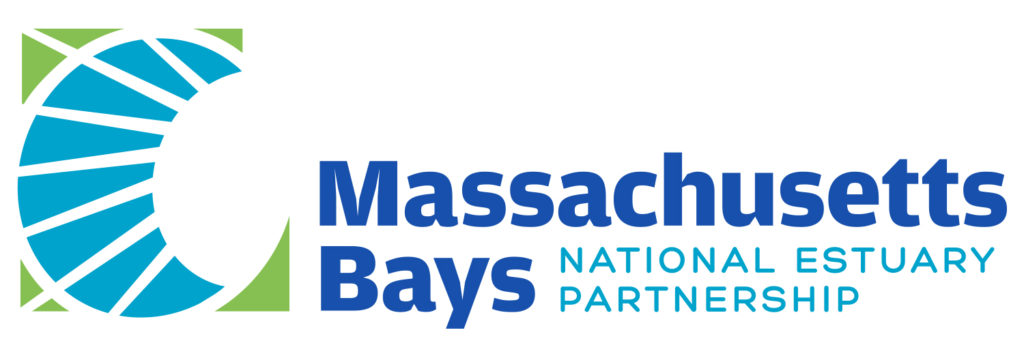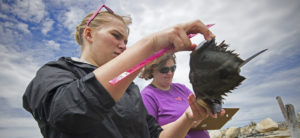
What We Do
Our marine invasives volunteers monitor both intertidal sites (Third Cliff, Fourth Cliff, and Brant Rock) and docks (Scituate Harbor, Green Harbor, and Duxbury Harbor) for presence and relative abundance of non-native creatures like crabs, tunicates, and algae. We are part of a larger group coordinated through Mass. Coastal Zone Management (CZM), the Marine Invader Monitoring and Information Collaborative, that collects similar data along the New England coastline.

Species found in 2022
Styela clava – club tunicate
Botrylloides violaceus – sheath tunicate
Botryllus schlosseri – golden star tunicate
Didemnum vexillum – mystery tunicate
Diplosoma listerianum – diplosoma tunicate
Carcinus maenas – European green crab
Hemigrapsus sanguineus – Asian shore crab
Caprella mutica – Japanese skeleton shrimp
Palaemon elegans – European rock shrimp


On docks the most common species is the club tunicate, Styela clava. In the intertidal it’s the Asian shore crab, Hemgrapsus sanguineus.
Check out a StoryMap of MIMIC data
Contribute to marine invasives data through the MIMIC iNaturalist project
Purple Loosestrife
Purple loosestrife is an invasive plant that can dominate wetlands. We collected Galerucella sp. beetles from the Mill Pond dam removal site, on the Third Herring Brook, where they had been used to control purple loosestrife previously, raised them, and transplanted them to Jacobs Pond where purple loosestrife has become a concern for the Town of Norwell. In September 2022, a group of students from Norwell High School helped us document their presence and initial success.

Download the 2022 Annual Citizen Science Monitoring Report here.




